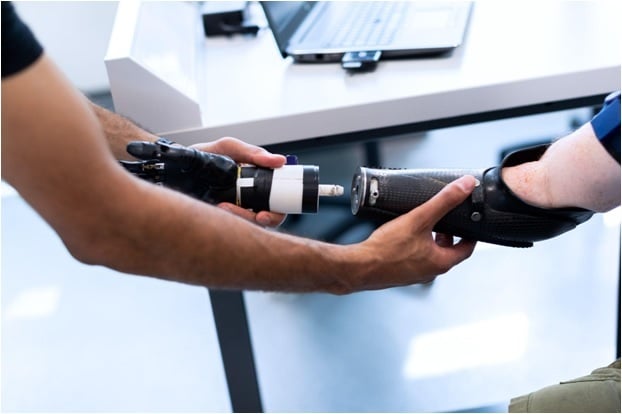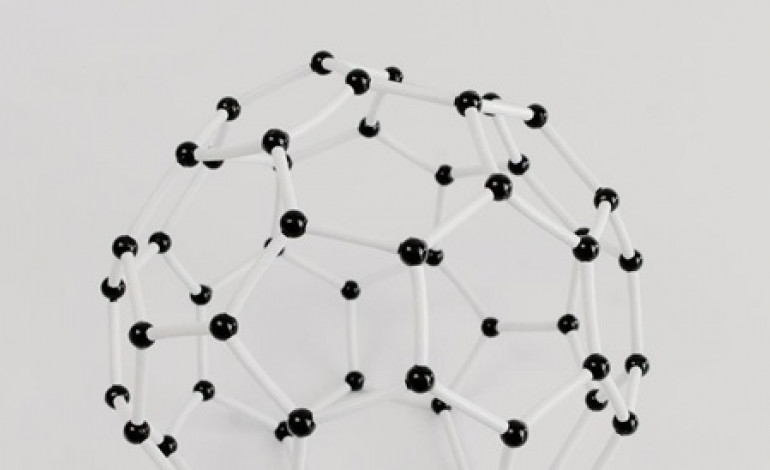Manufacturers regularly face serious dilemmas when it comes to choosing the best materials for their projects or products. Metals are reliable and fairly affordable, but they’re quite dense and add a lot of weight and volume to the final product or component. Moreover, some tend to expand or contract when exposed to heat and cold, making them virtually useless for projects that have very narrow tolerance levels.
A way to considerably trim weight for high-performance applications is to adopt composite materials that have proven to be both lightweight and strong enough to provide solid and reliable structural integrity.
For years, there have been two popular materials competing for domination in many industries where strong yet light materials are required: fiberglass and carbon fiber. But, which one is better? Does glass fiber provide any advantages over carbon fiber panels?
Let’s find out.
What Is Fiberglass?
Fiberglass, like other composites, is also called fiber-reinforced plastic. The reason is that it is a combination of a resin matrix and millions of loose microscopic glass fibers that come from inorganic silica sand. The material is lightweight and in many ways stronger than steel. Its use expands to insulation products, boat hulls, exterior automobile parts, surfboards, and more. Most people are familiar with this material and its properties.
What is Carbon Fiber?
We have talked about this amazing composite material at length here. The main difference between carbon fiber and fiberglass composition is that carbon fiber is molecularly organized into strands that are then woven into a tow. It does not possess the randomness of glass fibers, so its strength can be directed in an immensely more predictable manner. Carbon fiber sheets or fabric is made by twisting these thin strands into yarn or tow that can contain from 3,000 to 12,000 individual carbon fiber strands. Today, carbon fiber is used extensively in many industries. From consumer goods to manufacturing, to robotics. Any product or application that requires increased performance will certainly find a use for carbon fiber products.
What Are The Differences Between Fiberglass and Carbon Fiber Panels?
There are many differences between these two composite materials but we can put them in at least four categories:
Strength
The strongest fiberglass can be stronger than steel and still be a lot lighter. That makes it great for certain applications. However, high-quality carbon fiber is more than 20% stronger than the best fiberglass on the market.
Weight
Both materials provide a lot of advantages in terms of weight-to-strength performance. However, carbon fiber weighs about 70% less than fiberglass and, given its strength, manufacturers can use far less material when pultruding products made of carbon fiber.
Rigidity
Carbon fiber panels are known for being extremely rigid while fiberglass is comparatively supple, making it more suited for applications that emphasize flexibility over durability or structural integrity. For applications that need components to retain their shape and strength, carbon fiber parts are the best choice. As an interesting fact, the Large Hadron Collider at CERN requires extremely lightweight and rigid carbon fiber structures to hold the ultra-precise tracking sensors that record subatomic particles inside the collider. They chose this material because it could be molded into extremely thin yet strong profiles that were also transparent to radiation.
Thermal Properties
Fiberglass has a small thermal expansion coefficient when compared to other metals, so it more or less retains its dimensions when exposed to heat. On the other hand, carbon fiber has a negative thermal coefficient, which means it expands as temperatures go down. However, the resin matrix that holds the fiber together has a slightly positive thermal expansion coefficient that almost neutralizes the carbon fiber panel expansion coefficient, making it a lot less prone to changes than fiberglass.
Toxicity
Here, the two materials differ greatly. Fiberglass is basically made of tiny and randomly organized glass particles. That’s why fibers that are not sealed with resin tend to irritate the skin and cause rashes even after brief contact. This is because the small glass particles are still sharp enough to cause micro-cuts, and they´re extremely dangerous if inhaled as they can also damage the lungs. Carbon fiber parts are manufactured as solid pieces that are biologically inert. This means they can be used for surgical equipment or even implants. The market is filled with orthopedic products made of carbon fiber given their safety, durability, and weight. Carbon fiber is also widely used for manufacturing training devices, sporting goods, and prosthetics.

What’s The Takeaway?
As you can see, carbon fiber offers a lot more advantages over glass fiber products. It is lighter, stronger, and safer while offering a higher aesthetic value too. The main problem many encounter is the differences in cost. However, the durability and performance of carbon fiber panels often allay material costs. If you have a project in mind and are not sure about the real advantages of carbon fiber, contact us and we will answer your questions.

